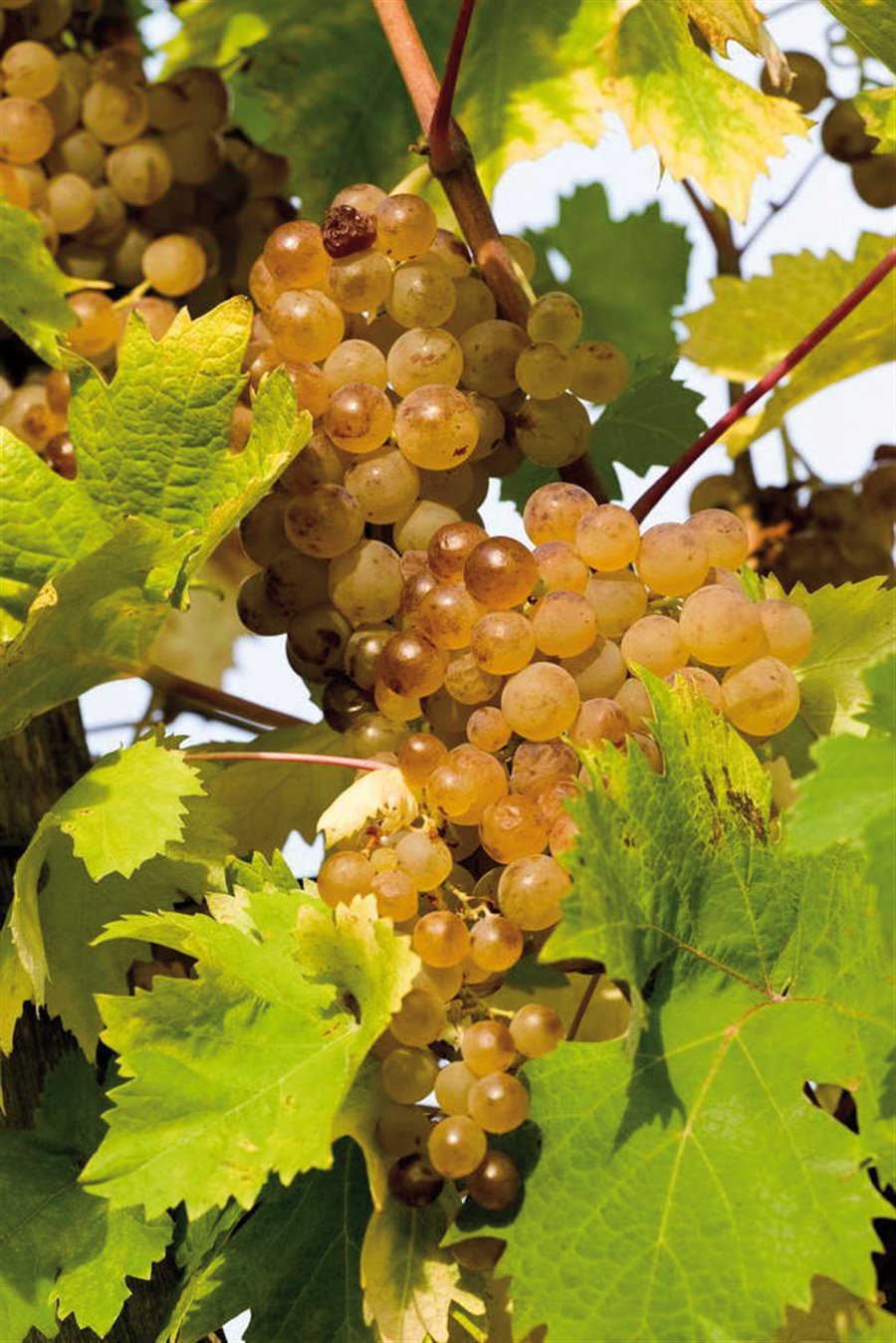The other classic Mediterranean agricultural cultivation is that of the vine, which in western Liguria produces excellent wines that have only recently gained the deserved official recognition.
At the extreme west, with the capital Dolceacqua, do not miss the exquisite Rossese, typical of the Nervia,
Roia and Crosia valleys: ruby red - which in the second or third year tends towards garnet red - with an intense and delicate aroma, it is defined as "soft and warm", with a strength ranging from twelve to fourteen degrees. From the pressing of raisins is obtained the Rossese passito, a fortified dessert wine with a strength of twelve degrees.
In the area of the Savona hinterland is produced Granaccia, a wine made from red berry grapes,
cultivated in the past only in the Savona hinterland (in Quiliano for accuracy), but now cultivated in the
eastern part of the hinterland of the western Ligurian Riviera.
Another particularly famous red wine is the Sciacchetrà of Pornassio, about thirteen-fourteen degrees.
In the upper Arroscia valley and the Nervia valley, upstream from Pieve di Teco, is produced the Ormeasco, a vivid red-color dolcetto with an intense vinous scent and a very pleasant slight almond flavor, classified “DOC” as Pornassio in the last twenty years; after the third-fourth year it fluctuates between eleven and thirteen degrees.
From the heights of Bordighera comes the Piematone Rosso, around thirteen to fifteen degrees (very suitable for aging) and the Piematone Rosato of equal strength.
Going Eastwards, in the Impero valley is produced a sincere Dolcetto between eleven and thirteen degrees.
Turning to whites, the first place is for Vermentino, which seems to come from vines brought here from the island of Candia two thousand years ago and since then always cultivated in these areas. Straw yellow in color, it is very fragrant, with a dry, soft and generous taste and ranges between twelve and fourteen degrees; it’s produced in Cervo and on the hills of Diano Marina and Imperia.
In the lower Arroscia valley, with the capital Pieve di Teco, is produced the excellent Pigato, of a straw yellow color with amber reflections, between eleven and twelve and a half degrees, whose grapes are characterized by small spots during maturation and by a small bunch that forms above the main one, thus distinguishing it from Vermentina grapes.
From the upper Arroscia valley comes Massarda, a white wine of about eleven degrees.
On the hills above Sanremo is produced the Bianco del Poggio, of about ten to twelve degrees; on the western coastal hillside - from Ventimiglia to Sanremo – is produced Moscatello di Taggia, a white dessert wine of about eight-nine degrees.


